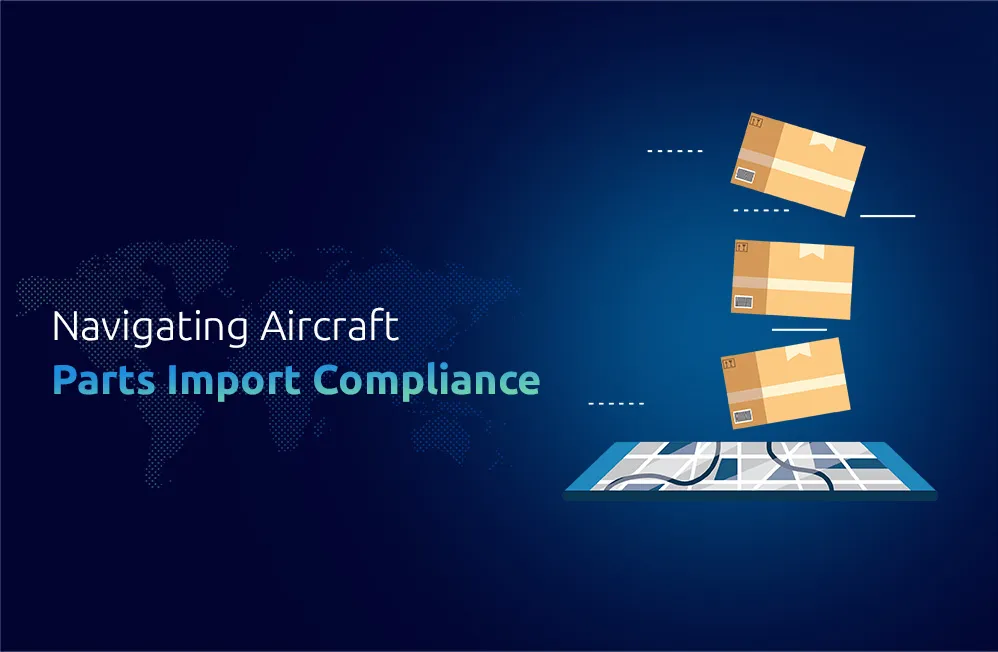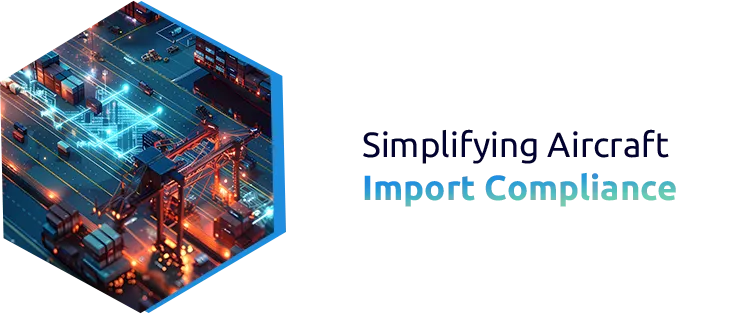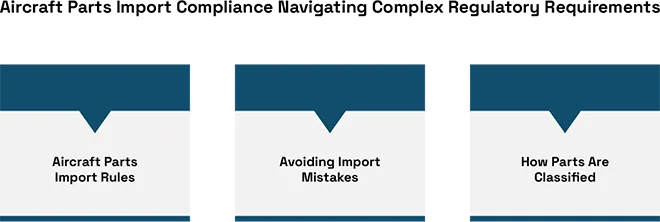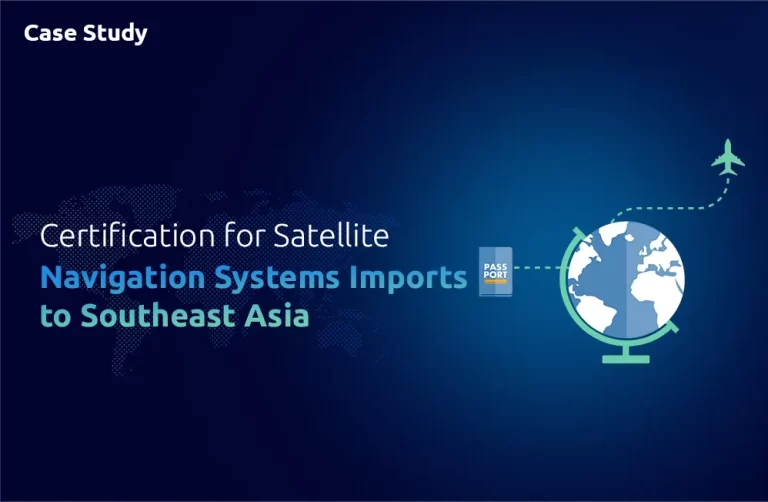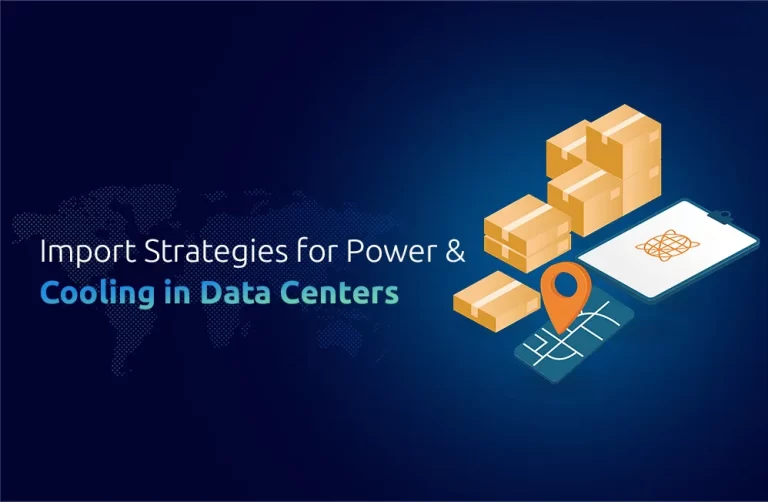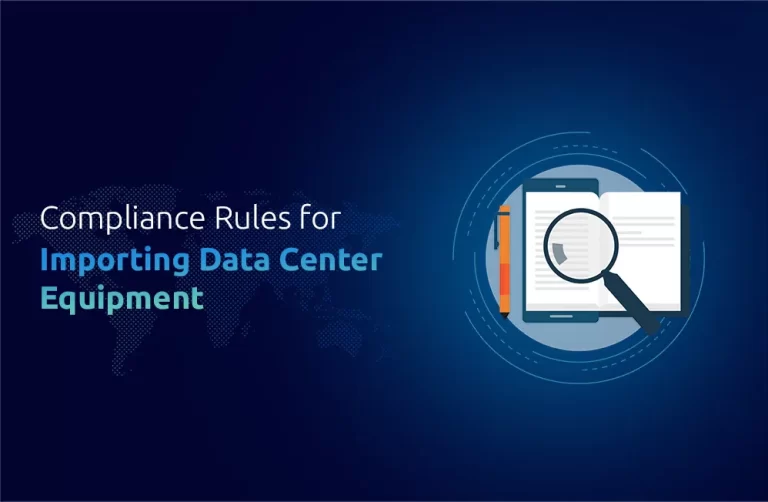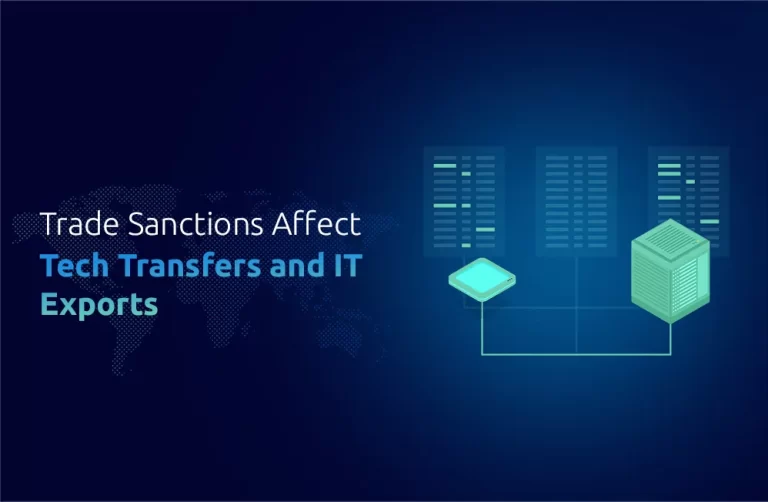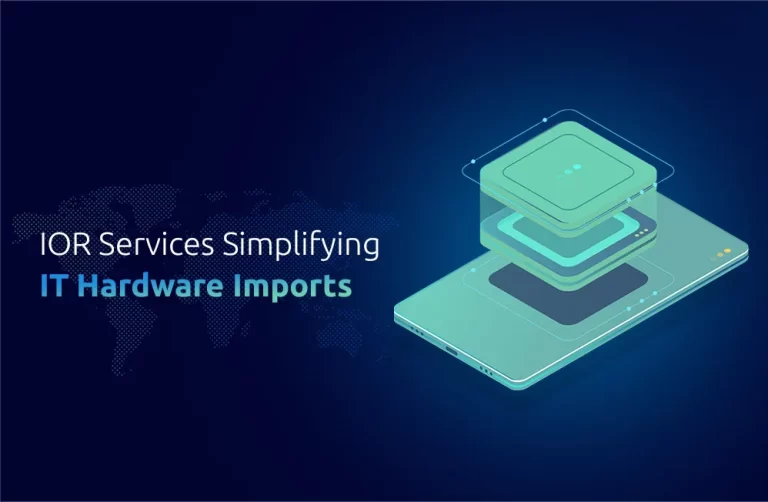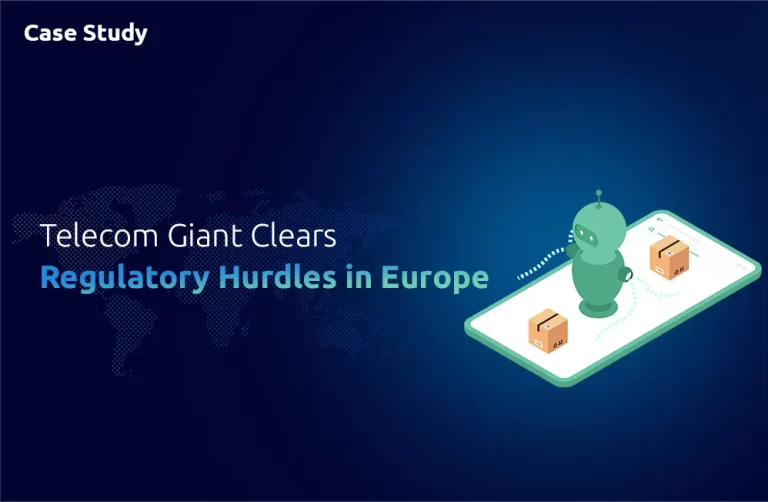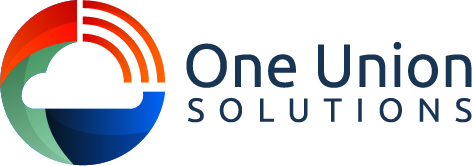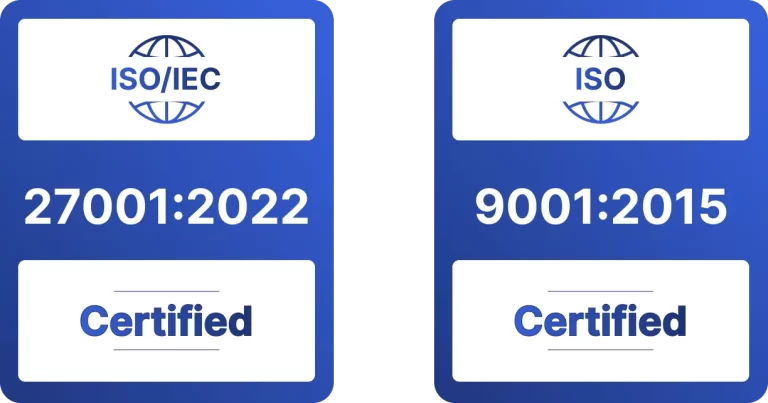Insight
Authentic aircraft part import operations extend past basic border crossing activities for components. Market access requires full compliance with every international regulation and safety standard, along with legal requirements to operate lawfully. Businesses serving the aviation sector need to grasp the framework of existing regulations to succeed. Businesses must have a complete understanding and meticulous planning when entering the market, or else they risk delays alongside financial penalties, and serious legal trouble. The following piece takes you through aircraft parts import compliance and presents methods to optimize this process by upholding both national regulations and international standards.
Understanding the Regulatory Environment
Aircraft part importation involves worldwide regulations that manufacturers, distributors, and suppliers must strictly follow. The airworthiness standards between each country differ, yet multiple nations have established comparable frameworks to protect safety through their rules. A set of international standards regulates safety certifications with additional requirements for labeling, documentation standards, testing protocols, and customs clearance processes. The global Civil Aviation Organization (ICAO) and the European Union Aviation Safety Agency (EASA) regulate most aircraft component import and export activities through their established rules.
Each country maintains its requirements in addition to following international standards. Under U.S. regulatory standards, the Federal Aviation Administration (FAA) requires aircraft parts to follow specific requirements. At the same time, correct documentation is needed to determine airworthiness. The European Aviation Safety Agency (EASA) represents the European Union by establishing standards that potentially exceed common requirements for particular aircraft component imports.
The Role of Documentation in Aircraft Parts Importation
The import process requires effective documentation, one of its most important elements. The importation of aircraft parts requires importer teams to create extensive, detailed records that fulfill all requirements established by the official regulatory agencies. Import processes must provide proof through certificates of conformity and airworthiness documentation, as well as traceability records that validate the reliability and compliance of airworthy components.
According to U.S. regulations, imported aircraft parts need a statement of compliance created by the original manufacturer through its authorized agent. The FAA considers this document vital proof that the part follows its requirements for safe airworthiness standards. All parts must accompany EASA certification documentation from the European Union to be suitable for European airspace operations.
Compliance with Customs and Import Procedures
The procedures for importing aircraft parts become complex. It is essential to grasp the import tariff codes and duties, and taxation protocols when operating on specific components. Every part in the importation process needs to receive accurate Harmonized System (HS) classification to determine its applicable import tariffs alongside all taxes. Global customs authorities establish their regulatory requirements for clearing aviation-related goods for importation. The U.S. Customs & Border Protection assists the FAA in authenticating imported aircraft parts while ensuring compliance with its safety standards. Failure to follow customs regulations results in delayed shipments & significant financial penalties.
Creating a partnership with customs brokers or logistics providers specializing in aircraft parts handling represents the best approach for successful customs transactions. Customs brokers & logistics providers help customers complete tax forms accurately and pay correct duties to help their parts gain smooth customs clearance.
Certification and Safety Standards
The essential factor in importing aircraft parts includes meeting regulatory standards and mandatory certification and safety requirements. The relevant governing bodies have mandated airworthiness standards, requiring aircraft parts to pass quality & safety verification using testing protocols.
All aircraft parts requiring import into the US must be thoroughly evaluated before they can be used within aircraft. The evaluation process includes record verification, physical examinations, and lab testing confirming part readiness for usage.
Understanding Compliance Costs
Planning aircraft parts import requires businesses to account for all associated expenses. The expenses involved in planning aircraft part imports consist of regulatory fees, import taxes, verification costs, & other charges. You will inevitably face such necessary costs in the import process. Still, effective resource management should decrease their economic impact on your operation.
National regulatory bodies demand payment from companies seeking certification and inspecting imported aircraft parts in various nations. The compliance process requires importers to pay fees for essential documents like airworthiness certificates and handle payments for obtaining necessary documents and certification fees. Importers should reserve funds for costs in advance because late financial shocks can occur during airworthiness certification and inspection procedures.
Managing Import Delays and Challenges
Some unforeseen delays and challenges exist while importing aircraft parts into the market. The clearance process for particular shipments may take longer because regulatory bodies must conduct additional reviews. Delays in customs procedures tend to occur more frequently when import documentation is incorrect or when additional inspections or certifications of parts arise.
Conclusion
Importing aircraft parts requires businesses to handle complex regulatory requirements, documentation needs, and safety standards. Although it presents challenges, organizations can succeed by obtaining proper knowledge and dedicated support. One Union Solutions leads clients through aircraft parts importation regulations to enable business continuity with complete adherence to all necessary rules and standards.
Did You Know,
According to market research data, the global demand for aircraft parts and components is expected to grow by approximately 5% annually, with the Asia-Pacific region seeing some of the largest increases in demand.
FAQs
What documents are needed to import aircraft parts?
Aircraft part import documentation must contain three main elements such as conformity certificates, airworthiness proof, & traceability documentation. The required documentation depends on the part type, the individual country requirements, & the existing regulations.
What measures will guarantee that the aircraft parts fulfil safety requirements?
Airworthiness standards from relevant authorities need to be satisfied by all parts. The certification process, in combination with inspections and potentially laboratory testing procedures, applies according to the specifications defined for each part.
Why would some importers choose to disregard the requirements established for imports?
Non-compliance produces two main effects: customs delays, fines and rejection of goods, and possible legal consequences. Correct maintenance of all required documentation and strict adherence to regulatory rules eliminate these potential risks.
What costs are involved in obtaining certifications for imported aircraft component pieces?
Manufacturers must pay certification fees to regulatory authorities, including the FAA and EASA, to obtain approval for their aircraft parts for import. The import fees depend on the country of origin and the specific type of part being imported.
Which strategies exist to handle aircraft parts import delays?
The import process becomes simpler through two measures: professional customs broker or logistics provider involvement and ensuring accurate documentation.

